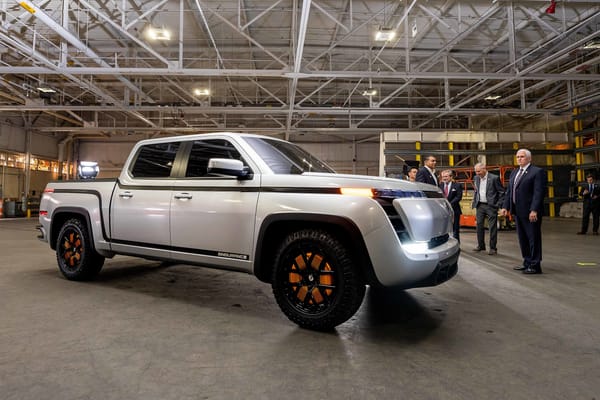Slate Truck Production Timeline: Breaking Down What "Late 2026" Really Means

When Slate promised deliveries of their electric truck would begin in "late 2026," it raised a key question: is that realistic for a startup building a completely new vehicle? Breaking down automotive production timelines and Slate's specific approach suggests their target is ambitious but achievable.
The Production Setup
In April 2025, Slate confirmed they'd selected a 1.4 million square-foot facility in Warsaw, Indiana for production. The former R.R. Donnelley printing plant represents a strategic choice: retrofitting existing industrial space rather than building from scratch.
According to InsideEVs, Slate plans to employ 2,000 workers and target annual production of 150,000 vehicles. Their simplified approach includes no paint shop (saving hundreds of millions) and a single vehicle configuration to reduce manufacturing complexity.
How Long Car Production Actually Takes
Traditional automakers typically need 4-6 years from initial concept to production:
- Concept to design freeze: 18-24 months
- Engineering and testing: 24-36 months
- Production preparation: 12-18 months
- Ramp-up to full production: 6-12 months
TechCrunch reported Slate is three years old, suggesting development began around 2022. A late 2026 production start would represent about a 4.5-year development cycle – right in line with industry standards.
Supply Chain Considerations
Modern vehicle production depends on complex supply chains, and EVs add battery sourcing complexity. Slate's simplified design works in their favor here: single motor, rear-wheel drive and conventional NMC battery chemistry reduce supply chain variables that often cause delays.
Motor Trend's analysis notes that using glass-filled polypropylene composite panels eliminates traditional body stamping operations, reducing both facility complexity and supplier dependencies.
What "Late 2026" Likely Means
Based on industry patterns and Slate's approach, here's how their timeline will probably unfold:
2025: Factory retrofitting, equipment installation, supplier partnerships finalized
Early 2026: Pre-production testing, regulatory approval process
Late 2026: Initial production begins with limited volumes (likely hundreds or low thousands of units)
2027: Production ramp-up to meaningful volumes
Even if Slate hits their timeline, early production will be limited. Most automakers take 12-18 months to reach full production capacity after initial startup, meaning substantial availability probably won't happen until 2027.
Bottom Line
Slate's late 2026 timeline aligns with typical automotive development cycles and their simplified manufacturing approach reduces some common delay factors. However, meaningful production volumes will likely extend into 2027, following the pattern of most vehicle launches.
For anyone considering a reservation, expect initial deliveries in late 2026 if everything goes smoothly, but plan for 2027 as a more realistic timeframe for broader availability.




